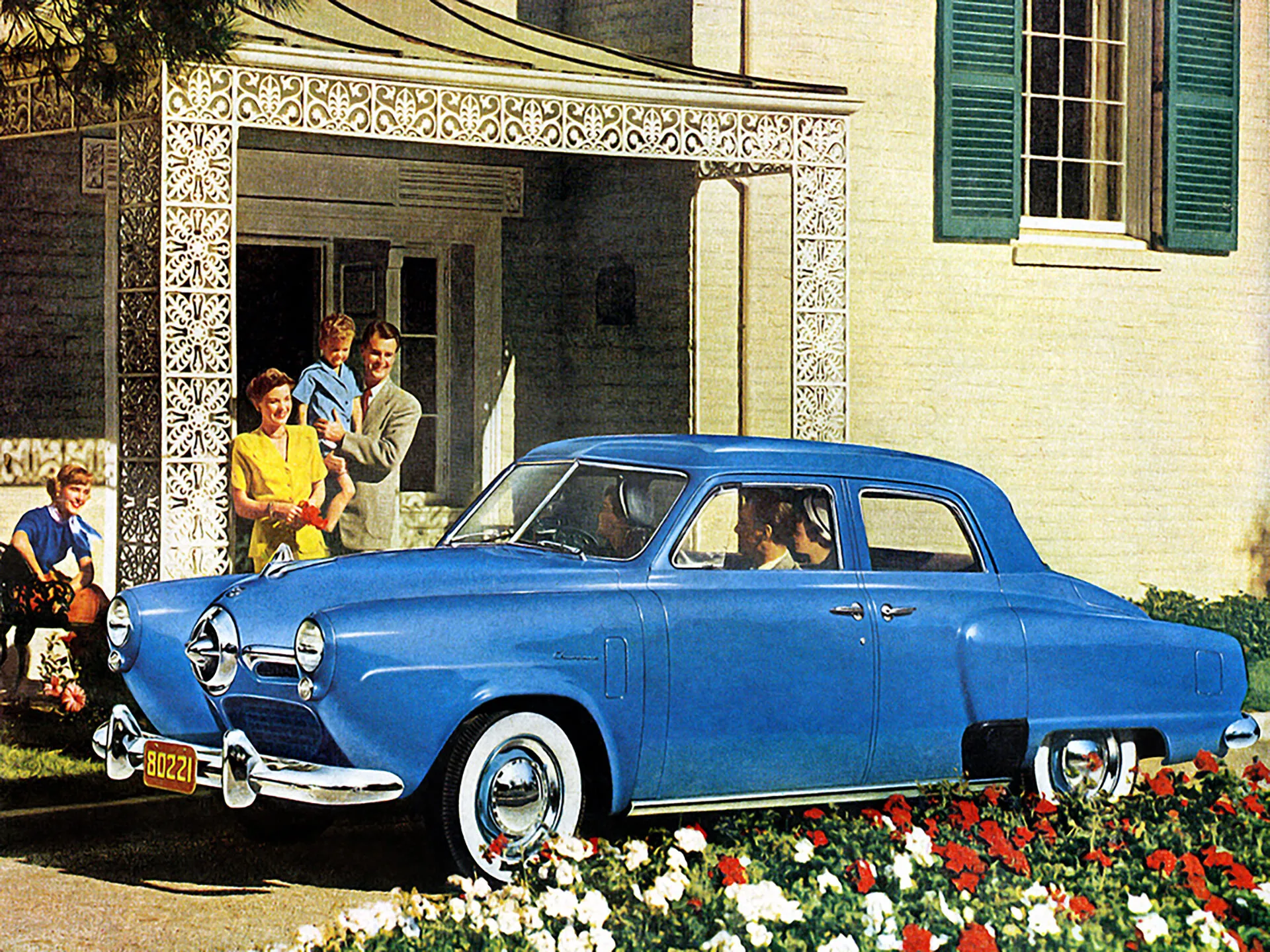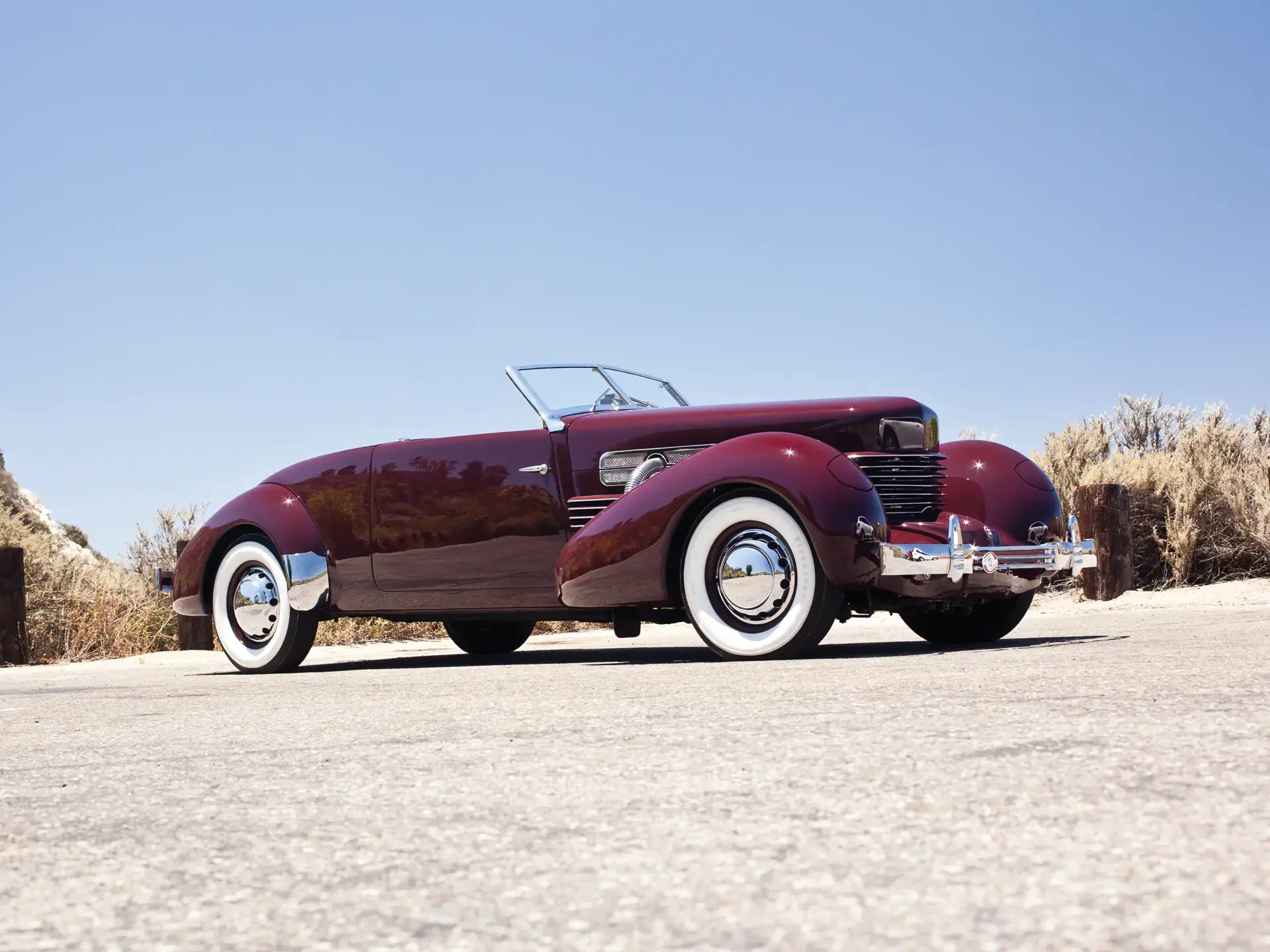The Nostalgia of Forgotten Gods: Studebaker, USA, 1904-1966
08 June 2024 3 min read 5 images

Photo credit: Bonhams, RM Sotheby’s, Wheelsage
The Studebaker Brothers Manufacturing Company was founded in 1852 in Indiana and quickly found success producing wheelbarrows for gold rush miners. After making wagons for the U.S. Army, Studebaker entered the automobile market in 1902 with an electric car designed by Thomas Alva Edison. In 1904 under the name “Studebaker Automobile Company” the first combustion engine car was produced. It was praised for its technical quality and reliability.
Register to unlock this article
Signing up is free and gives you access to hundreds of articles and additional benefits. See what’s included in your free membership. See what's included in your free membership.
Already have an account? Log In


